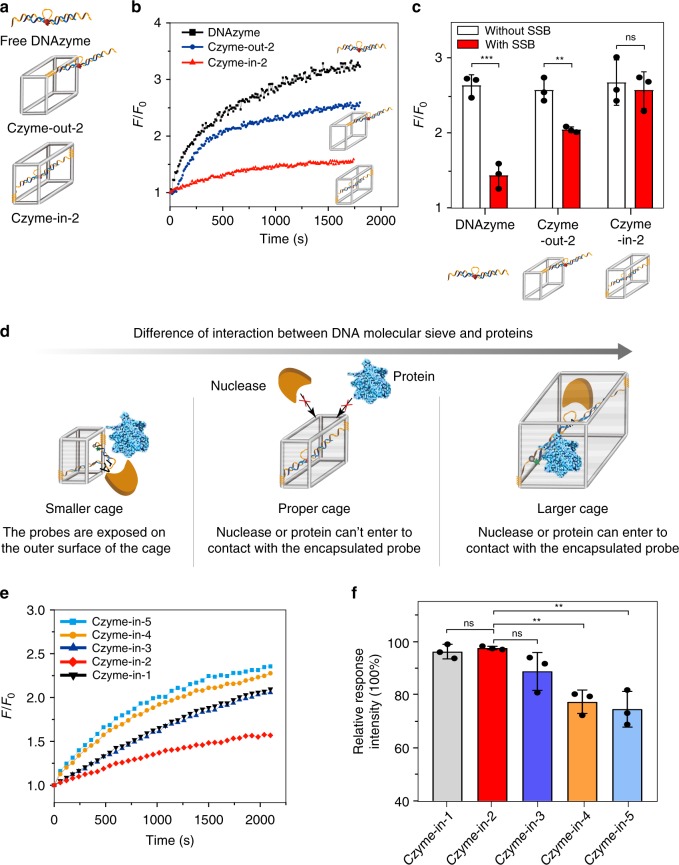Fig. 4. The size-dependence protective performance of DNAzyme encapsulated in the DNA nanocages.
a Schematic illustration of three kinds of DNAzyme probes: free DNAzyme, DNAzyme connected to the outside frame of Cage 2 (Czyme-out-2), and DNAzyme encapsulated inside Cage 2 (Czyme-in-2). b Time-dependent fluorescence changes of different probes after the addition of nuclease (F0 fluorescence intensity without DNase I, F fluorescence intensity with DNase I). c Fluorescence response of free DNAzyme, Czyme-out-2 and Czyme-in-2 to l-histidine treated with and without SSB (F0 fluorescence intensity without l-histidine, F fluorescence intensity with l-histidine); Data are presented as mean values ± s.d. (n = 3); ***p = 0.00070 < 0.001, **p = 0.0046 < 0.01, ns = 0.6800 > 0.05 (not significant), by two-tailed unpaired Student’s t-test. d Schematic illustration of the cavity effect; e Time-dependent fluorescence changes of different cage sizes after the addition of nuclease (F0 fluorescence intensity without DNase I, F fluorescence intensity with DNase I). f Relative response intensity of different cage sizes to l-histidine after treatment with single-strand binding protein (SSB) (“Relative response intensity” refer to the ratio of (F/F0) with and without SSB; F: fluorescence intensity with l-histidine, F0 fluorescence intensity without l-histidine); Data are presented as mean values ± s.d. (n = 3); **p = 0.0014 (0.0040) for Czyme-in-4 (Czyme-in-5) < 0.01, ns = 0.43 (0.10) for Czyme-in-1 (Czyme-in-3) > 0.05 (not significant), by two-tailed unpaired Student’s t-test. Source data are provided as a Source Data file.

